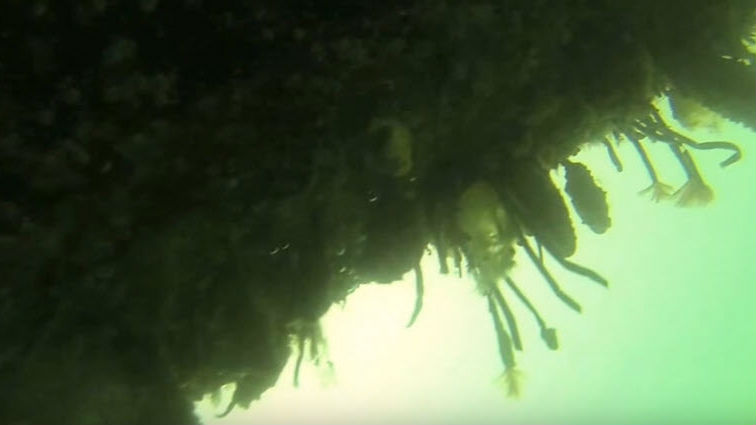New Study Shows Ecological Risks of Hull Fouling

Researchers with Tel Aviv University’s School of Zoology have published a new study of the ecological threat posed by biofouling. Their analysis found that half the ships passing along the Mediterranean coast of Israel are carrying potentially invasive ascidians (sea squirts) on their hulls, among other organisms from around the world.
“These [ascidians] are passing through the Suez Canal, latching onto ropes and the bottom of the ship. They're filter feeders, so they cover and clog every surface they latch onto, creating a lot of drag for the ship and damaging marine biodiversity in their new environments. They're a major threat to our coasts and are very costly to shipowners,” said TAU’s Dr. Noa Shenkar, who led the research.
Among the wide occurrence of non-indigenous ascidians (NIA), TAU researchers also discovered a Caribbean species new to the region. The findings, state the authors of the report, “strongly support the hypothesis that marine vessels constitute a substantial vector for the introduction and dispersal of NIAs”.
The researchers also found that pressure washing with fresh water does not remove invertebrates in hidden areas – notably the sea squirts, which can survive drydocking periods. Further, TAU’s researchers found that “self-polishing hull coatings are ineffective” in controlling biofouling in “hidden and protected” areas.
“The NIA threat is increasing because the antifouling systems in use since the TBT ban have been less effective in eliminating hull fouling,” commented Boud Van Rompay, founder and chairman of hard-coating manufacturer Subsea Industries. “This research substantiates what we said in January this year; that the entry into force of the Ballast Water Convention will not alone prevent the transfer of invasive aquatic species. There has to be mandatory legislation in place to prevent biofouling on ships’ hulls.” Rompay suggests that regular mechanical cleaning – only possible with a hard coating – is the only known way to address this issue.
